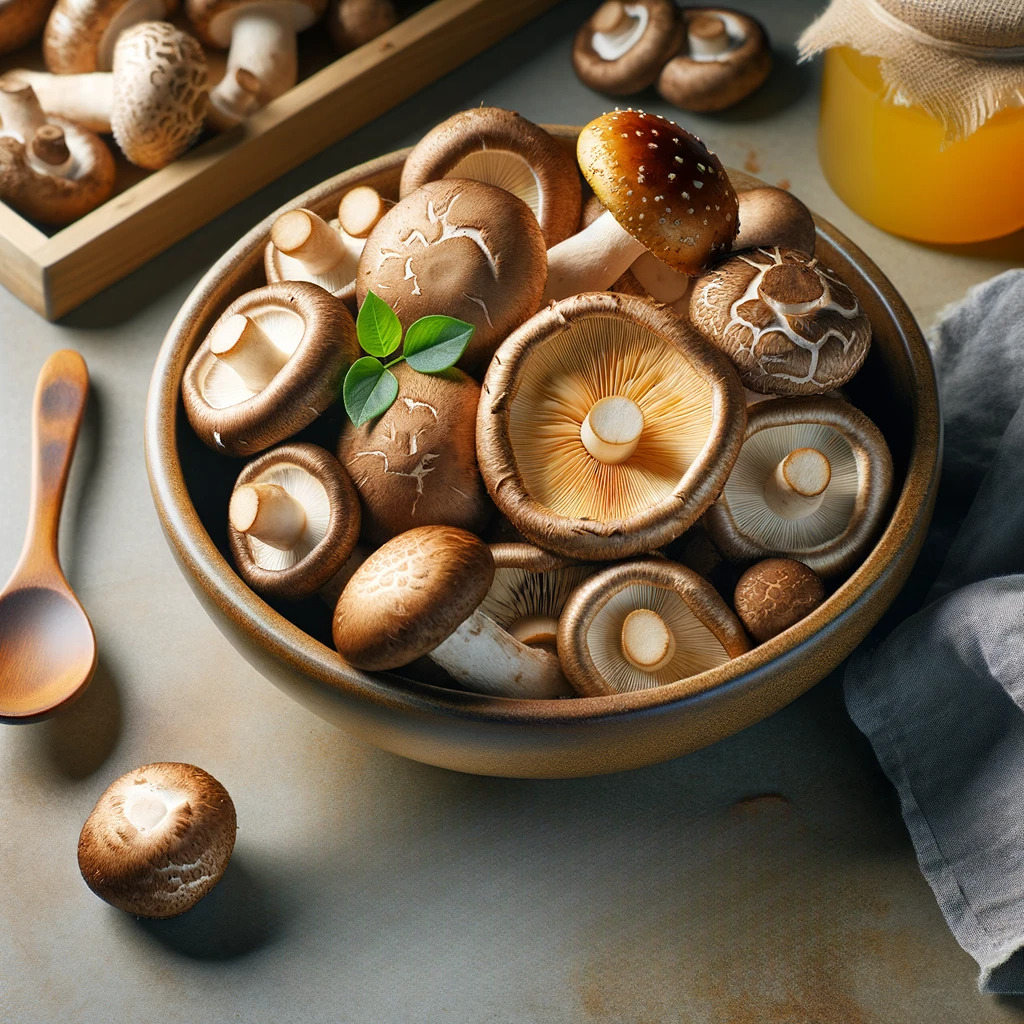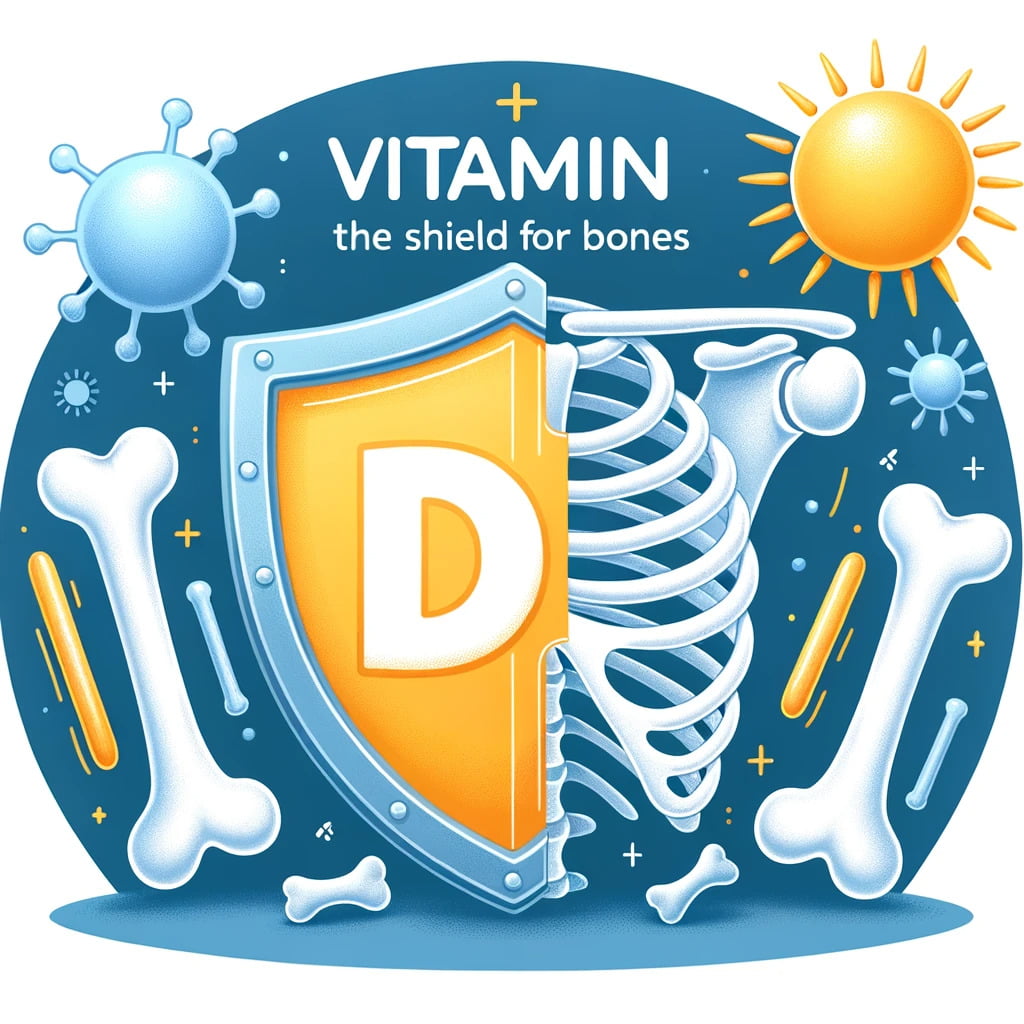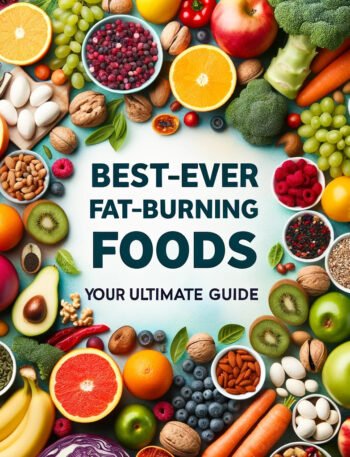The sun might be the most popular source of vitamin D, but did you know there are numerous foods packed with this essential nutrient? These vitamin D-rich foods not only boost immunity but also fortify bone health. In this comprehensive guide, we’ll explore the best sources and the incredible benefits they offer.
Vitamin D, often referred to as the “sunshine vitamin,” plays a pivotal role in our overall health. It’s not just about strong bones; adequate vitamin D levels can enhance mood, support the immune system, and even aid in preventing chronic diseases.
Fatty Fish and Their Benefits
Salmon, mackerel, and sardines top the charts when it comes to vitamin D content. Regular consumption of these fish can contribute significantly to daily intake, ensuring a healthy immune response and robust bones. Besides, they’re rich in omega-3 fatty acids, which offer additional heart and brain benefits.
Egg Yolks: Not Just for Breakfast Anymore
While eggs are a breakfast staple for many, few realize the power of the yolk. Packed with vitamin D, egg yolks provide a convenient and versatile option for those looking to boost their intake. However, it’s essential to opt for free-range or pastured eggs, as they contain higher vitamin D levels due to the chickens’ exposure to sunlight.
Mushrooms: A Plant-Based Powerhouse
Mushrooms are among the few plant sources of vitamin D. When exposed to sunlight, they synthesize vitamin D2, a slightly different form than found in animal products. However, it’s crucial to note that not all mushrooms offer this benefit. Varieties like maitake and shiitake are among the best choices.

Fortified Foods: A Modern Solution
In the modern world, where dietary restrictions and preferences are diverse, fortified foods provide an answer. From milk alternatives to cereals, many products now come fortified with vitamin D, ensuring everyone, regardless of dietary choices, can access this vital nutrient.
The Sunshine Connection
While foods are a fantastic source of vitamin D, it’s essential not to overlook the sun. Regular, moderate sun exposure can help maintain adequate vitamin D levels, especially in regions with ample sunlight year-round.
Vitamin D Supplements: Yea or Nay?
For those who struggle to get enough vitamin D from food sources, supplements might be the answer. However, it’s essential to consult with a healthcare professional before starting any supplementation.

The Immune Boosting Power of Vitamin D
Vitamin D’s role in immunity has been under the microscope, especially in recent times. Adequate levels have been linked to reduced susceptibility to infections, better immune response, and even reduced inflammation. Its anti-inflammatory properties are particularly beneficial in autoimmune conditions.
Bone Health and Beyond
Most know vitamin D for its role in bone health. It aids in calcium absorption, ensuring bones remain strong and healthy. However, its benefits go beyond bones, impacting muscle function, mood regulation, and even heart health.
FAQs
- How much vitamin D should one consume daily?
Daily recommendations vary based on age, gender, and individual needs. However, for most adults, a daily intake of 600 to 800 IU is recommended. - Can one overdose on vitamin D from food?
It’s challenging to overdose on vitamin D from food alone. However, excessive supplementation can lead to toxicity. - How does vitamin D deficiency manifest?
Common symptoms include fatigue, muscle pain, mood changes, and weakened immunity. - Is vitamin D3 the same as vitamin D2?
While both are forms of vitamin D, D3 is found in animal sources, and D2 is plant-based. Both are effective, but D3 is considered more potent. - How often should one get sunlight for vitamin D?
It varies based on location, skin type, and time of year. However, 10-30 minutes of midday sun exposure several times a week is generally sufficient. - Are there any side effects of too much vitamin D?
Excessive vitamin D can lead to hypercalcemia, causing nausea, vomiting, weakness, and serious complications like kidney damage.
Conclusion
Vitamin D, while often overlooked, plays a monumental role in our health. From immunity-boosting to bone-strengthening, its benefits are vast. By incorporating vitamin D-rich foods into our diet and ensuring regular sun exposure, we can harness its full potential and pave the way for optimal health.





